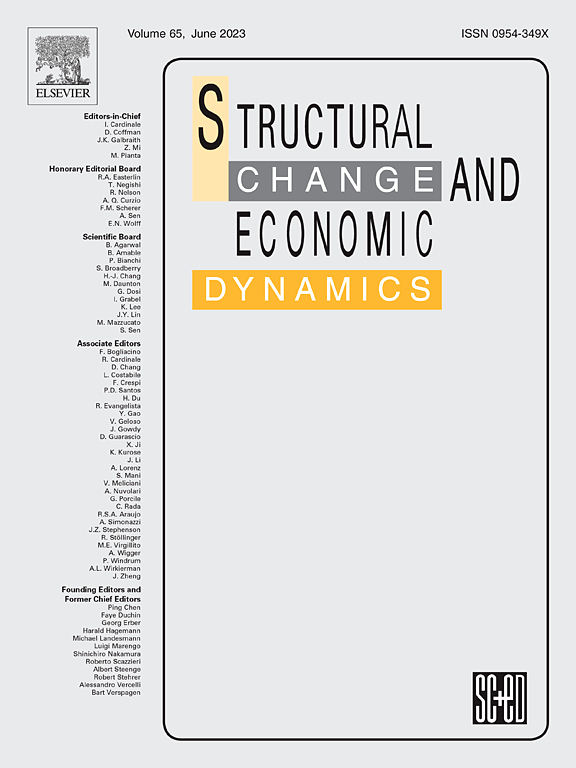Impact of household size and structure on carbon emissions in China
IF 5.5
2区 经济学
Q1 ECONOMICS
引用次数: 0
Abstract
China’s household dynamics are shifting towards smaller household sizes and lower fertility rates, trends that significantly influence consumption patterns and carbon emissions. This study investigates the discrepancies in household consumption and carbon footprint among different household sizes and structures in China by utilizing an environmentally extended multiregional input‒output model and a China’s household consumption survey. The results reveal that the per capita household carbon footprint decreases with increasing household size. However, even within households of the same size, the per capita carbon footprint varies among different household structures, with households having fewer children typically generating lower emissions. We also found regional and urban‒rural disparities in the household carbon footprint, and these gaps narrow as household size expands. This paper underscores the importance of considering household size and structure when formulating policies aimed at mitigating climate change.
中国家庭规模和结构对碳排放的影响
中国的家庭格局正朝着家庭规模更小、生育率更低的方向转变,这一趋势对消费模式和碳排放产生了重大影响。本文利用环境扩展的多区域投入产出模型和中国家庭消费调查,对中国不同规模和结构家庭消费和碳足迹的差异进行了研究。结果表明,人均家庭碳足迹随家庭规模的增大而减小。然而,即使在相同规模的家庭内,人均碳足迹也因不同的家庭结构而异,子女较少的家庭通常产生较低的排放量。我们还发现了家庭碳足迹的区域和城乡差异,这些差距随着家庭规模的扩大而缩小。本文强调了在制定旨在减缓气候变化的政策时考虑家庭规模和结构的重要性。
本文章由计算机程序翻译,如有差异,请以英文原文为准。
求助全文
约1分钟内获得全文
求助全文
来源期刊

Structural Change and Economic Dynamics
ECONOMICS-
CiteScore
9.60
自引率
4.90%
发文量
159
期刊介绍:
Structural Change and Economic Dynamics publishes articles about theoretical, applied and methodological aspects of structural change in economic systems. The journal publishes work analysing dynamics and structural breaks in economic, technological, behavioural and institutional patterns.
 求助内容:
求助内容: 应助结果提醒方式:
应助结果提醒方式:


